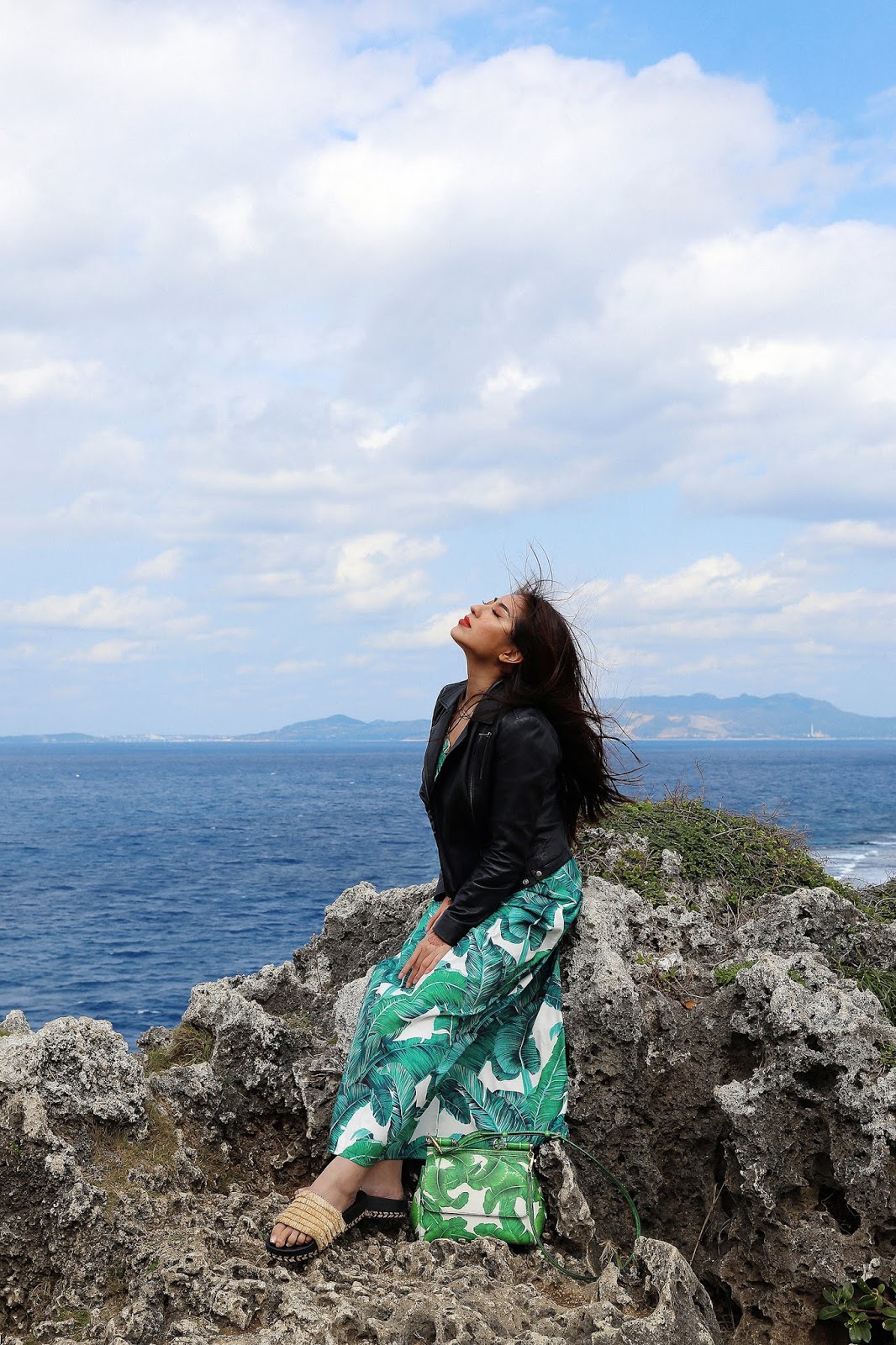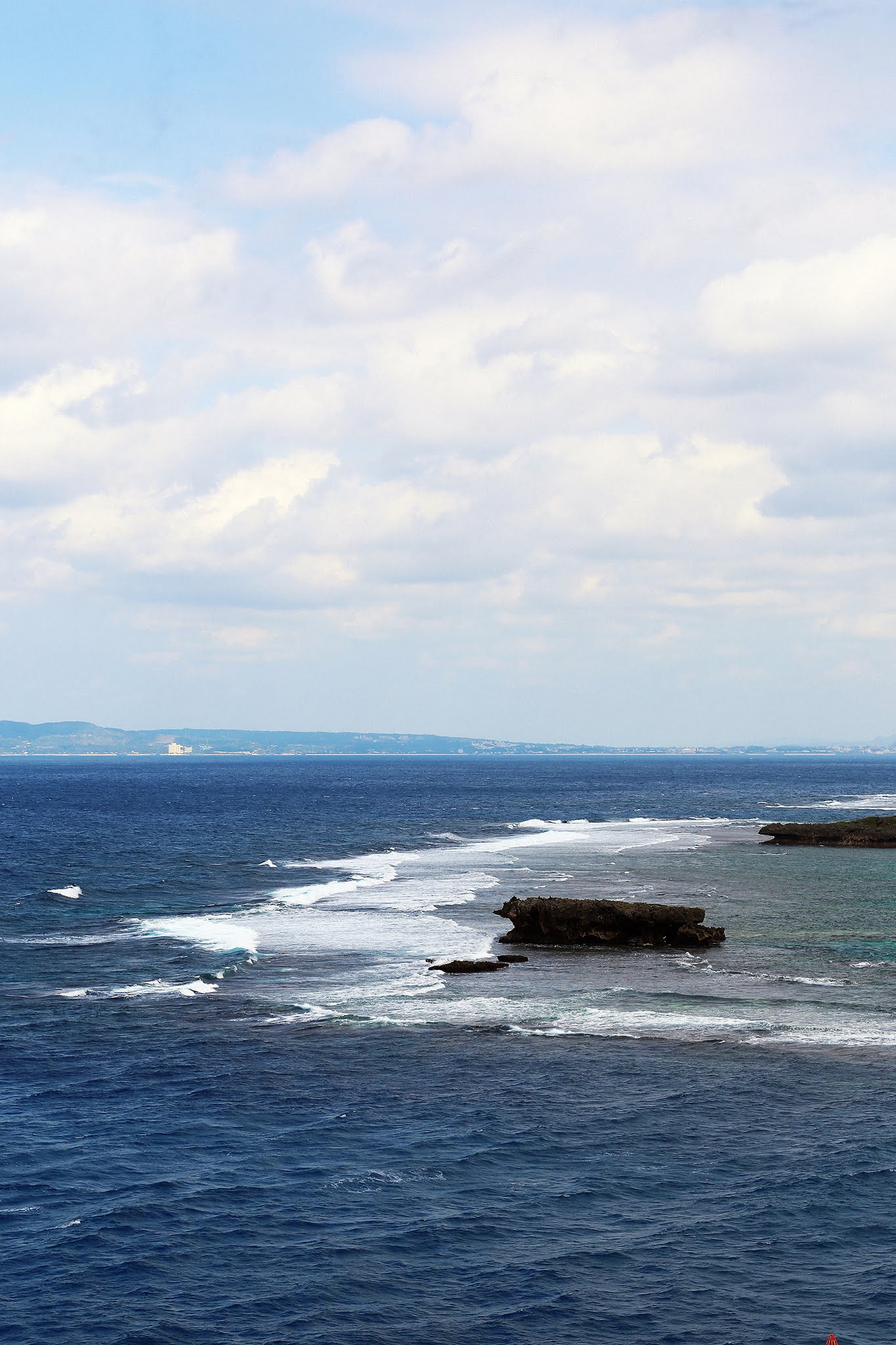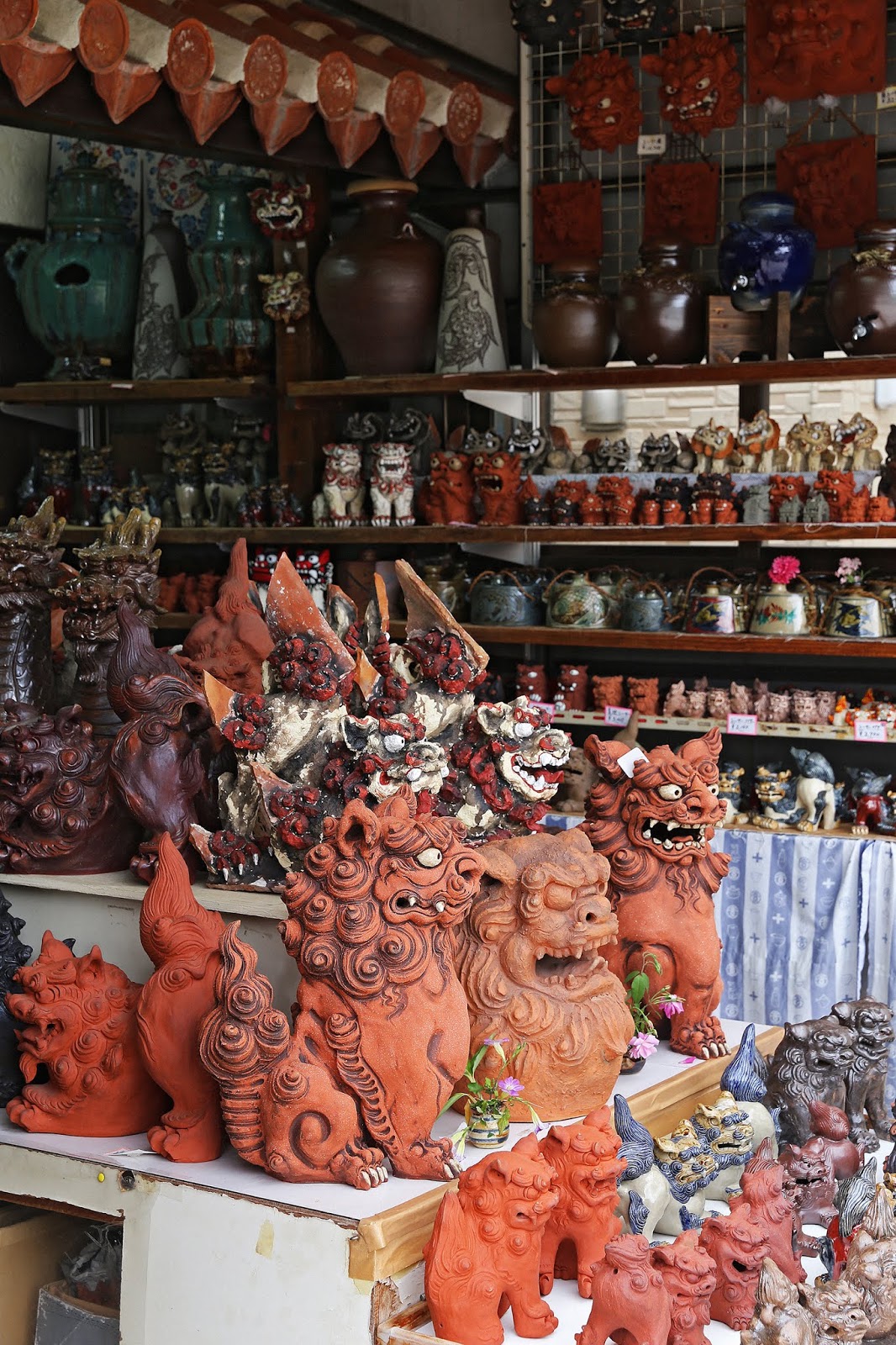Japan, Unexpected: With Tropical Climates, Cherry Blossoms in Winter, and a Distinct Culture to the Rest of Japan, The Island of OKINAWA is a World of Its Own
The Southwest Islands reveal a side of Japan that may not exist in the common imagination: tropical islands surrounded by azure waters and fringed with coral, teeming with hibiscus and pineapples. Okinawa means "rope in the open sea", a poetic and apt description of this chain of islands between the four main islands of Japan and Taiwan.The difference is more than skin deep - the culture of Okinawa is uniquely 'un-Japanese', for the islands were the Ryukyu Kingdom for most of their history.
The “Hawaii of Japan” has long been a exotic destination even to the Japanese: an all-year-round holiday spot for big spenders in luxury resorts, intrepid nature lovers seeking ocean adventures, and families escaping for a more relaxed pace. Okinawa is the default destination for domestic sun, sea, and sand; but even so, it’s not very accessible to Japanese as domestic flights to the prefecture can be prohibitively expensive (indeed, it cost me less time and money to fly from Taipei than it did to fly to Kyoto). I visited Okinawa twice this year - once in February and once in March - and both times I was based in the capital, Naha; but I ventured slightly further that I may have a better understanding of this island’s history, landscape, and customs. I daresay you’ll find this Japan story a contrast to my others from Kyoto and Tokyo. Without further ado, let’s jump right in...
SHURI-JO
Before there was Okinawa, there was the Ryukyu Kingdom (1429 - 1879). The centre of the kingdom was Shuri-Jo, a dazzling vermillion castle completely unique to Japan as it was greatly influenced by Chinese architecture with similarities to the Forbidden City. Ryukyuan elements also dominate; such as decorations featuring the the king’s dragon, red Ryukyuan tiles for the roof, and walls of Ryukyuan limestone. Not even the decline and devastation by the annexation of Okinawa to Japan and World War II could diminish Shuri-Jo. Historian George H. Kerr described the castle as "one of the most magnificent castle sites to be found anywhere in the world, for it commands the countryside below for miles around and looks toward distant sea horizons on every side”. Today, the reconstructed Shuri-Jo is a World Heritage Site, the 11th within Japan. Shuri-Jo is the perfect starting point to understanding the history of the islands now called Okinawa. Start from the entrance base of the hill, climb up to the inner sanctum of the castle (while taking in the view of the capital, Naha, below), and enter the Seiden (main hall) for exhibits on the castle and the Okinawan royals.
CAPE MANZAMO
One of Okinawa’s most beloved beauty spots is Cape Manzamo, a scenic rock formation near Onna Village in the Kunigami District. On his visit to Cape Manzamo, the 18th Century Ryukyuan king Sho Kei commented on the immensity of the cliff hence its name - Cape Manzamo means “A field for 10,000 people to sit”. Certainly a more dignified name than “The Toilet Bowl”, a popular scuba-diving spot in one of the tidal pools at the bottom of the rock formation. The “elephant trunk” shape of the cliff (above) was amusing enough, but that’s far more than the sum of Cape Manzamo’s parts. Even on an day with approaching storm clouds, such as when I visited; the waters were clear as could be. Layers of blue; from cyan to turquoise with white foam crashing against the coral. Cape Manzamo is one of the most popular places among both Japanese and international visitors to Okinawa, not just for its dramatic crashing waves and precipitous heights. The cliff at Cape Manzamo faces the East China Sea, making it even more picturesque during the sunset, which is when the cape is at its most crowded.
CHURAUMI AQUARIUM
OKINAWA PREFECTURAL PEACE MEMORIAL PARK & MUSEUM
As idyllic as life on Okinawa may seems, the island has suffered greatly in recent history. We all know how World War II was brought to an end, but less of us know the devastation in Japan that led up to it, which played out on Okinawa Island. The island was the site of one of the war's bloodiest battles when US forces invaded and occupied the island in a bid to reach the capital. The Imperial Japanese Army fought to hold them there to prevent them from reaching Tokyo, prolonging the battle from April to June 1945. As a result, an estimated 200,000 people (including more than 100,000 civilians and 12,500 Americans) were killed in the battle.
The main memorial to the Battle of Okinawa is the Peace Memorial Park. The "Cornerstone of Peace" (similar to the Vietnam Veterans Memorial) is a sobering and haunting sight - never ending rows of large stone plates inscribed with the countless names of all fallen soldiers and civilians. The Peace Memorial Museum is a place of education and reflection, with graphic descriptions of the Battle of Okinawa and the subsequent reconstruction of Okinawa. Not easy to swallow, but very necessary food for thought.
HIMEYURI PEACE MUSEUM
Equally if not more haunting is the Himeyuri Peace Museum, given who it commemorates. The Himeyuri Peace Museum is dedicated to the role and fate of the female high school students of the Himeyuri Student Corp - also known as the “Lily Corps” - during the Battle of Okinawa. They were a group of 222 students and 18 teachers of the Okinawa Daiichi Women's High School and Okinawa Shihan Women's School formed into a nursing unit for the Imperial Japanese Army. Mobilised on 23rd March 1945, many of the Himeyuri students thought that the Japanese army would defeat the Americans in a matter of days and would return to school, so they brought school supplies to continue their studies. The reality was that most of them would not survive the war.
During the 3-month-long battle, the students were on the front lines performing surgery, living in horrendous conditions: in dark, dank caves filled with injured and dead soldiers. A plaque sits at the opening of one such cave, which visitors enter a recreation of in claustrophobic tunnels filled with the faces of the students and their stories. The experience is especially disturbing knowing that of all the children’s faces before you, 123 out of the 222 students would not live to see the end of the war. Of the few that did, many of them helped build and maintain the Himeyuri Peace Museum, keeping the memory of these brave souls alive since April 7, 1946.
TSUBOYA POTTERY STREET
NUCHIGAFU
Take a detour off the beaten path and you’ll be rewarded with a hidden gem. Off the southern end of Tsuboya Pottery Street is an uphill path that leads to Nuchifagu. Formerly a historic Ryukyuan residence and Okinawan teahouse, Nuchifagu is now a cosy traditional restaurant surrounded by a charming garden on a hilltop. By day, Nuchifagu serves lunch and frothy buku-buku tea. Here, guests can make their own buku-buku - a traditional bubbling tea whose froth signifies "bubbling with joy" - that has been made since the time of the Ryukyu Kingdom. A lovely spot for afternoon tea. By night, Nuchifagu serves up exquisite Okinawan dinners. I had the great pleasure of enjoying a birthday dinner here; an elegant, beautifully-plated multi course dinner of both Okinawan and Japanese dishes. From seagrapes to sashimi, pork belly to wagyu beef, every course was as detailed and delicious as the last. An elegant, memorable experience; and certainly my favourite culinary moment in Okinawa.
FIRST MAKISHI PUBLIC MARKET
Okinawa had thrilled me with her unexpected offerings, but the greatest of all was yet to come....
...I saw cherry blossoms in February.
Sighting cherry blossoms in the midst of winter came as a surprise given that they are traditionally associated with spring. What I didn’t realise was that the first of Japan’s sakura season begins first in Okinawa in January, moving North and ending in Hokkaido in May. It was also strange to see such intensely-coloured flowers compared to the pastel, nearly-white pink buds commonly associated with sakura season. I later learnt that the cherry blossom trees in Okinawa are a different species than mainland Japan. These cherry trees, which resemble plum blossoms, originated in southern China and Taiwan.
What made my unexpected sighting all the more special was learning that the visibility of the cherry blossoms in Okinawa is extremely limited compared to the rest of Japan. Okinawan cherry blossom make appearances only in specific places within Naha’s city limits: the most popular are Mt Yaedake in MotobuTown, Nakijin Castle in NakijinVillage, and Nago Central Park in NagoCity. To have spotted cherry blossoms on a highway, against a backdrop of tropical foliage, in one of the coldest months of the year, before sakura season began in the rest of Japan made the chance encounter all the more precious.
I will always be grateful for Okinawa for showing me the unexpected; from her unique culture and heritage to cherry blossoms in winter. For these reasons and more, I urge you to visit and see a side of Japan you may not know exists.

























